How I (Finally!) Challenged My Special Education Students
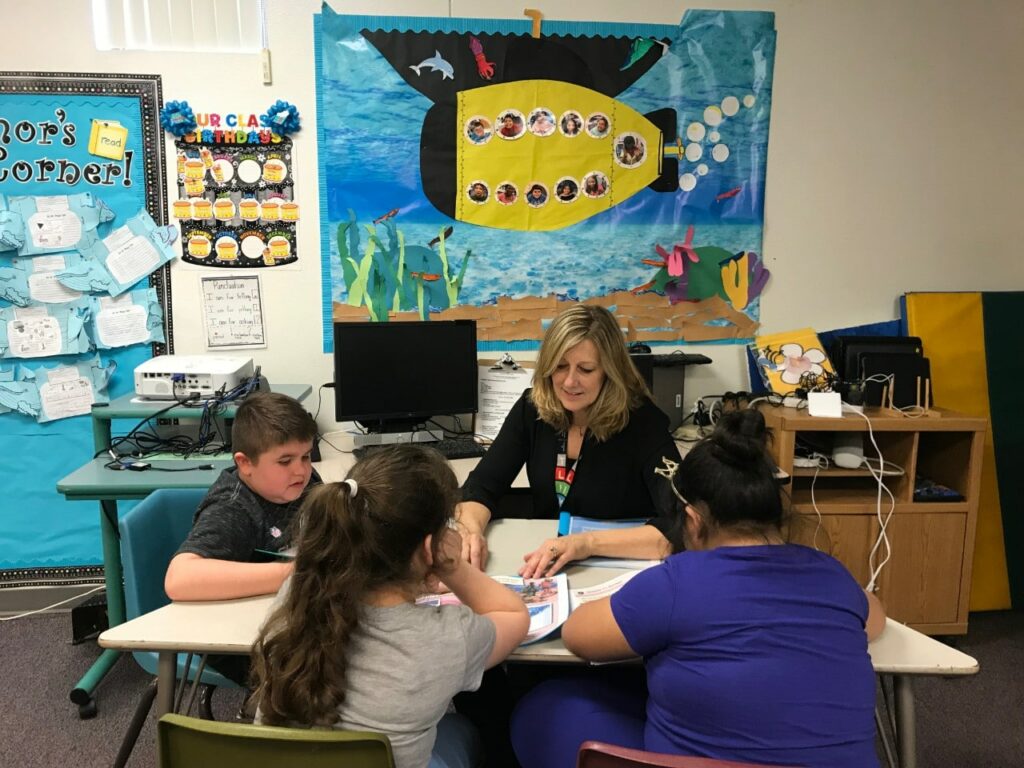
The fact is, special needs students would almost universally benefit if we raised our collective expectations—both at school and at home. They want to be challenged just like other students, but the unfortunate fact is that special education teachers often don’t have the time or the resources to challenge them in the way they’d like. As a result, students in special education classrooms can become disinterested and disengaged, and teachers—already under a good amount of stress—are stretched to their absolute limits.
Then I discovered Readtopia. It grabbed their attention from the start, and it exposed them, finally, to higher-level thinking and information that they actually enjoyed.
How I Found Out About Readtopia and the Monumental Difference it Made in My Classroom
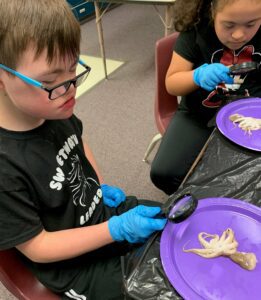
There were a few skeptics at first. There always are when you introduce a big change. “That looks too high level” was something I heard a lot. But engagement and desire is such a huge part of learning. If the desire is there, students can accomplish much more than you might think.
I started this year with the 20,000 Leagues Under the Sea unit. As an intro, I took pictures of them looking through a “porthole of a submarine” like Don Johnston (painted cardboard cut-out).
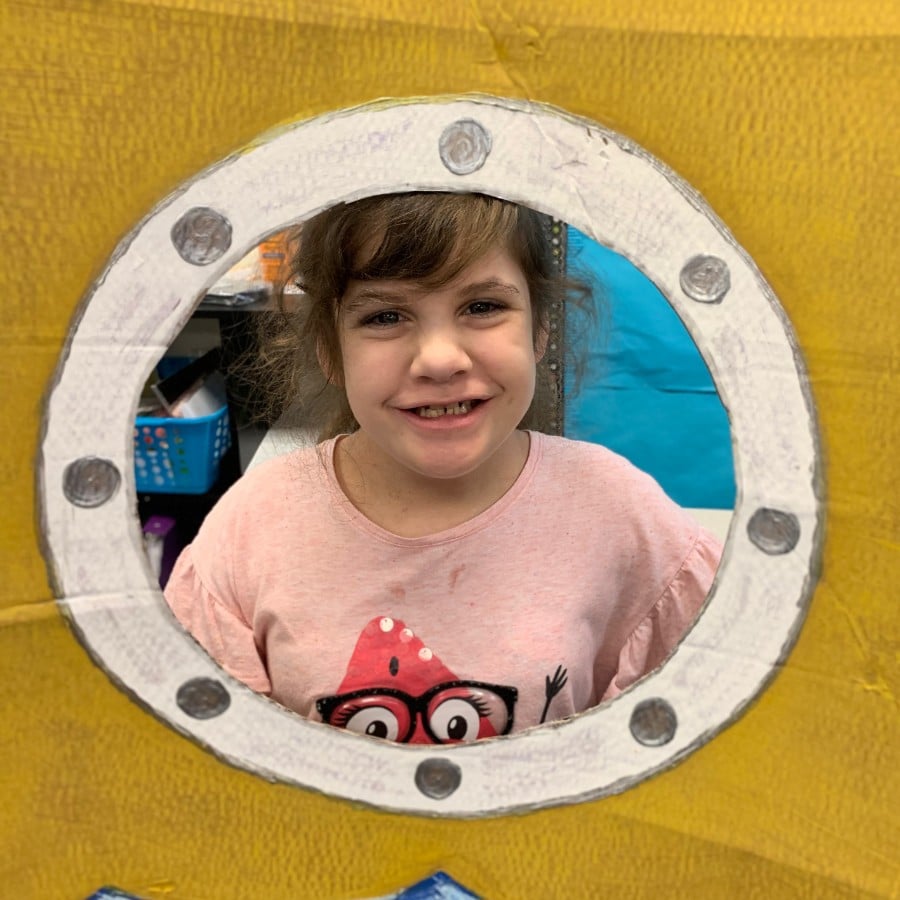
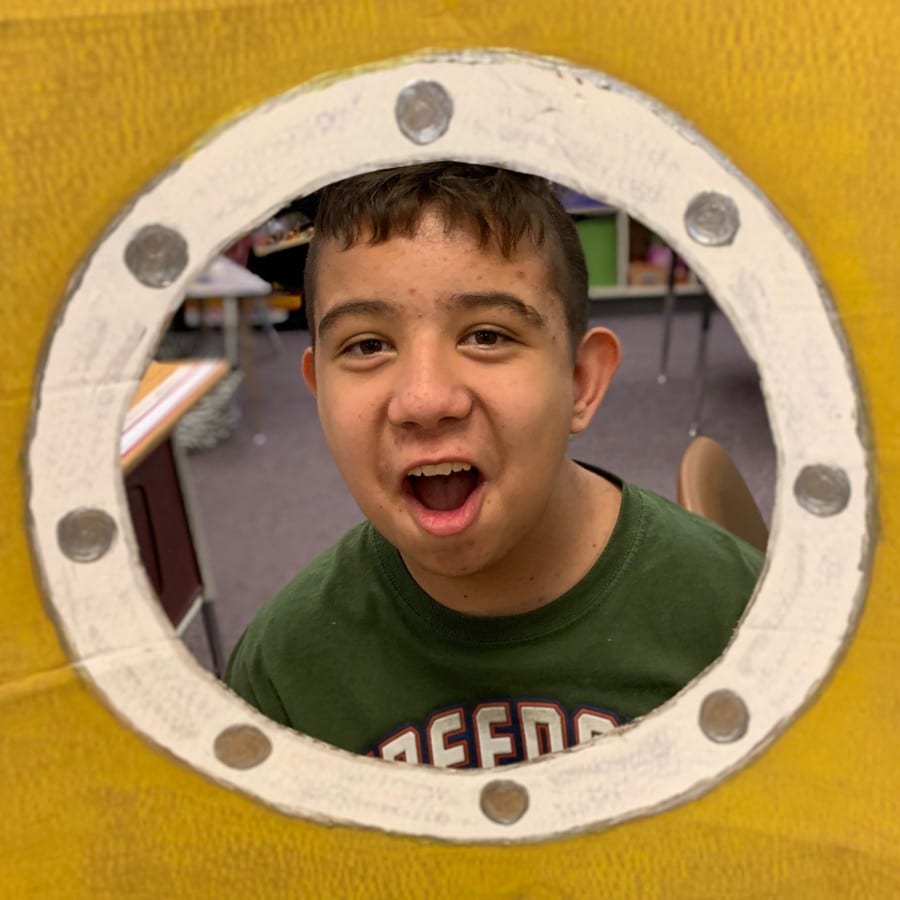
The students just loved it. I now have students that didn’t seem to be paying attention before that are now answering comprehension questions and not always needing picture support.
Unlocking Engagement and My Students’ Potential with Readtopia
I’ll give you an example. I have a student who is non-verbal and communicates through an AAC device. I always felt she had a lot to share, but she chose not to. When we studied the Ancient Earth Thematic Unit and read Journey to the Center of the Earth, she consistently raised her hand and used her tools to share ideas. She clearly knew the characters in the story and connected them to lessons in the unit. Because she was engaged by the materials and was challenged, she rose to the occasion.
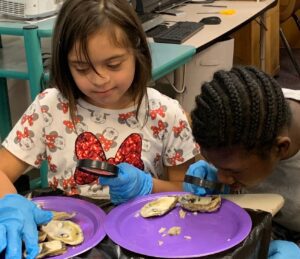
Another example is related to our BFF Program, which functions as a buddy system that connects our classroom with general education students. We connected Readtopia to it. During Journey to the Center of the Earth, I invited my students’ BFF peers to join us for a volcano experiment. The students all worked together to build clay volcanoes, paint them, and do the baking soda + vinegar science experiment. It was an amazing bonding experience, and one of my students (autistic and non-verbal) was bouncing and smiling throughout. That was a great day—one that will be remembered for many years to come.
Never Going Back
I want my students to love learning, and I want to love teaching. I want to look my students in the eyes and feel confident that I’m doing the best job I can do. I didn’t always have materials that were engaging for my kids. They also weren’t engaging for me. It’s not fun to use learning materials that no one enjoys.
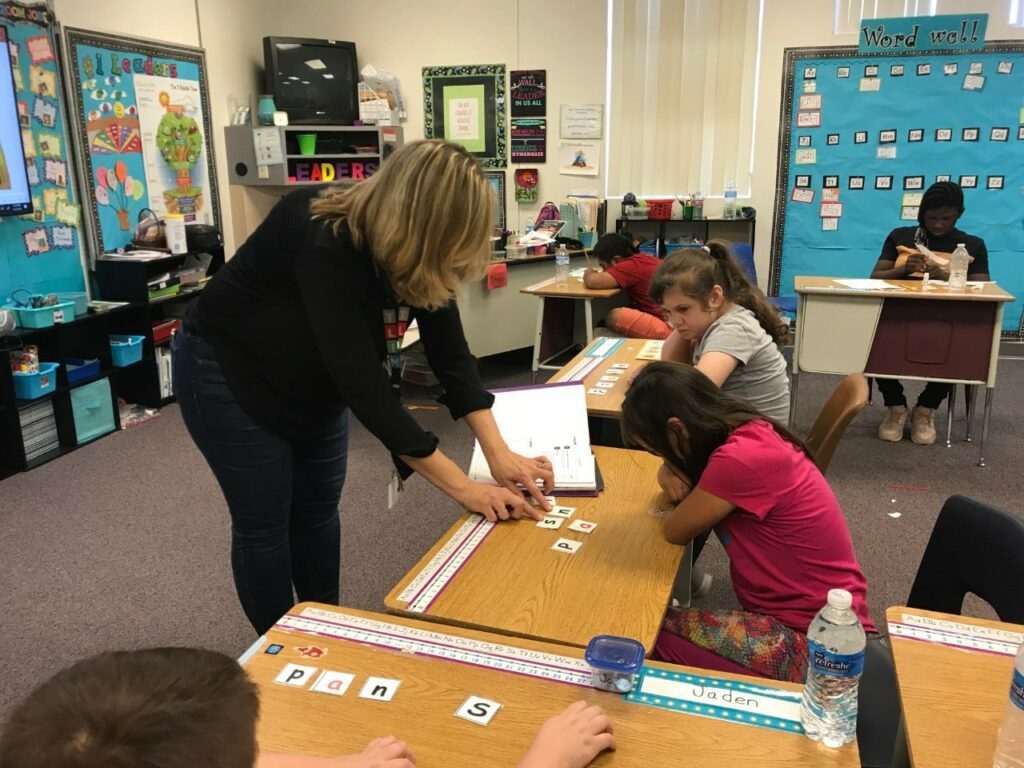
Patti is not alone. Teachers all over the country have discovered that Readtopia magically elevates special education classrooms to levels they’ve never been before.

